Towering over Bhopal's cityscape, the Taj-ul-Masajid, aptly named "The Crown Among Mosques," isn't just a place of worship; it's a testament to Bhopal's rich heritage and architectural brilliance. This article delves into the history, design, and significance of this magnificent structure, offering a glimpse into the heart of Bhopal's Muslim community.
A Legacy of Royal Visionaries
The story of Taj-ul-Masajid begins in the 19th century with Bhopal's visionary ruler, Nawab Shah Jahan Begum. Though the exact year remains debated by historians, estimates suggest construction commenced around 1871. Shah Jahan Begum envisioned a grand mosque that would befit Bhopal's growing Muslim population.
Video: Taj-ul-Masajid, largest mosques in Asia
The project continued after her demise in 1901, with her daughter, Sultan Jahan Begum, carrying the torch. However, due to financial constraints, construction remained incomplete for several decades. Finally, in the 1970s, work resumed and culminated in 1985, completing the vision of two remarkable women.
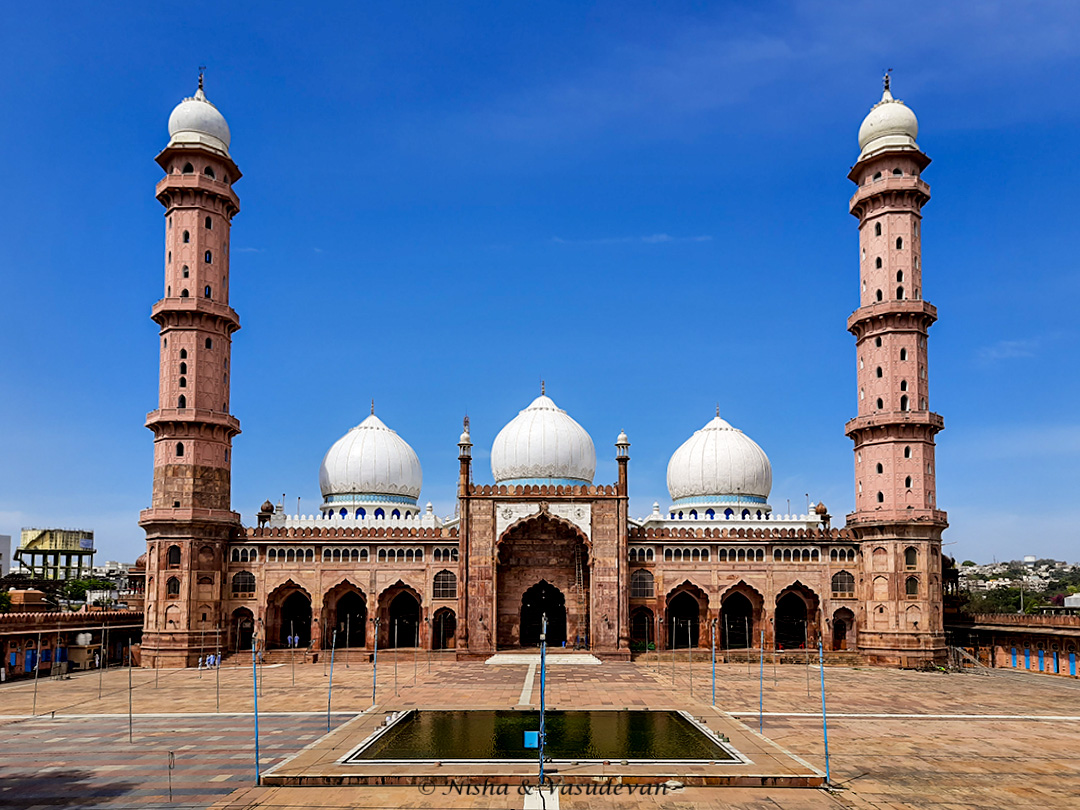
Mughal Grandeur Meets Bhopal's Essence
The Taj-ul-Masajid is a stunning example of Mughal architecture, drawing inspiration from iconic structures like the Jama Masjid in Delhi. The mosque's sprawling complex occupies over 23,912 square feet and boasts a captivating facade of red sandstone. The intricate floral and calligraphic designs etched onto the pillars speak volumes about the craftsmanship involved. The highlight, however, is the trio of white marble domes, each adorned with a lotus bud finial, symbolizing spiritual growth. Four towering minarets, reaching 67 meters in height, pierce the Bhopal sky, their presence is a call to prayer for the faithful.
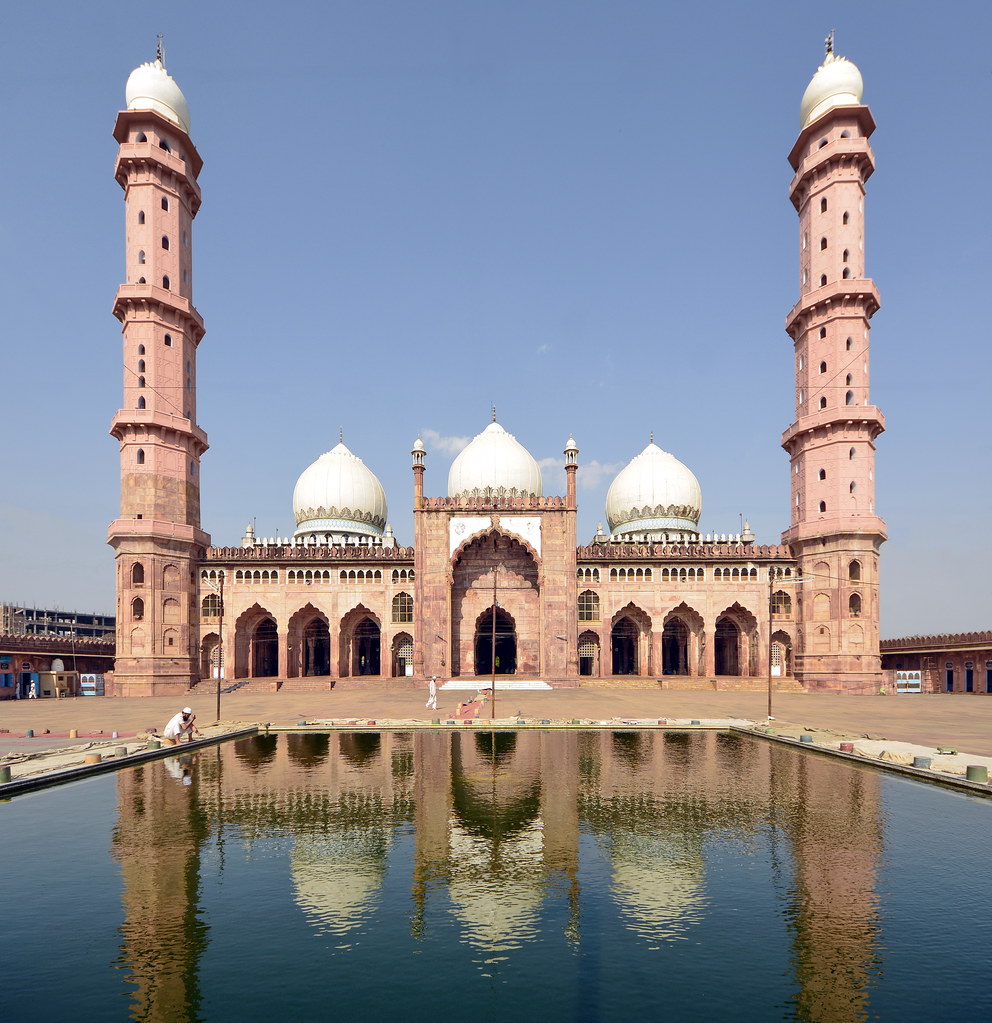
Stepping inside the mosque, visitors are greeted by a vast courtyard paved with pristine white marble. The prayer hall itself is a marvel of design. Massive pillars support a network of 27 interlinked ceilings, 16 of which are embellished with breathtaking floral motifs. The sheer size of the prayer hall allows for a congregation of a staggering 170,000 worshippers, making it one of the largest mosques in Asia.
Read: A Majestic Emblem of Malaysian Islam
A Beacon of Faith and Community
Beyond its architectural grandeur, the Taj-ul-Masajid plays a pivotal role in Bhopal's Muslim community. It serves as the central mosque for religious gatherings and celebrations like Eid al-Fitr and Eid al-Adha. The faithful gather here for daily prayers, finding solace and spiritual nourishment within its hallowed walls. The mosque also houses a madrasa, a traditional Islamic school, imparting religious knowledge to young generations.
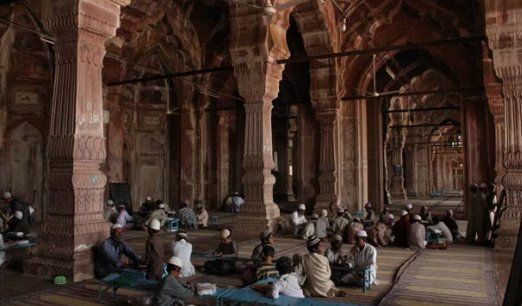
The Taj-ul-Masajid transcends religion, standing as a symbol of Bhopal's cultural tapestry. Tourists from all walks of life flock to marvel at its architectural beauty, a testament to the city's rich heritage. The mosque fosters a sense of community, bringing people together in a shared space of peace and reverence.
Read: Masjid al-Quba: The First Mosque of Islam
A Legacy for the Future
The Taj-ul-Masajid stands as a lasting testament to the vision and dedication of Bhopal's royal Begums. It serves not only as a place of worship but also as a cultural landmark and a source of immense pride for the city's Muslim community. As Bhopal continues to evolve, the Taj-ul-Masajid remains a constant, reminding us of the power of faith, artistry, and community spirit. The mosque's enduring legacy compels us to consider the importance of preserving historical and cultural treasures that continue to inspire and unite people across generations.
Read: The Compiler of Hadith "Imam Al-Bukhari"
Further Reflection
The Taj-ul-Masajid's story is one of perseverance, artistic expression, and the vital role places of worship play in communities. It invites us to explore the rich tapestry of Islamic architecture and its influence on different regions. Moreover, the mosque's enduring legacy raises questions about the responsibility we hold in safeguarding cultural and historical treasures for generations to come. Can the Taj-ul-Masajid serve as a model for fostering interfaith dialogue and appreciating diverse cultural expressions? The Crown Among Mosques continues to spark our curiosity and inspire further exploration.



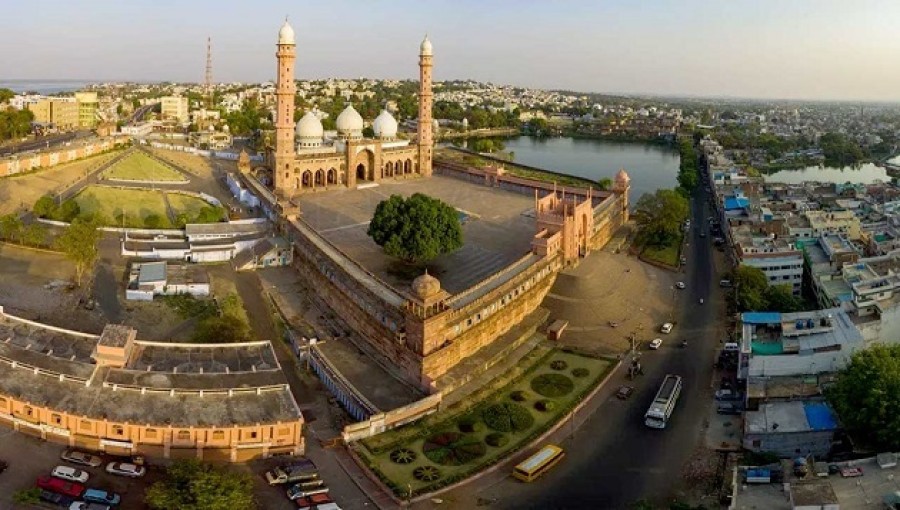







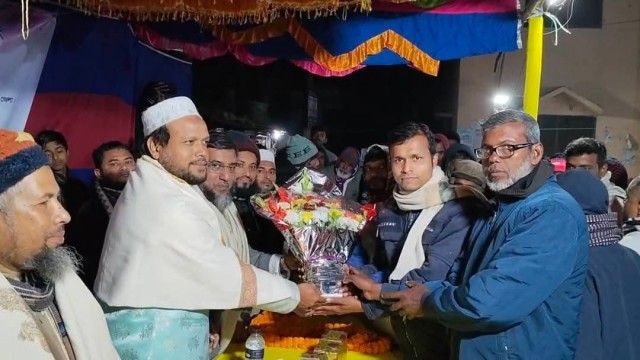


















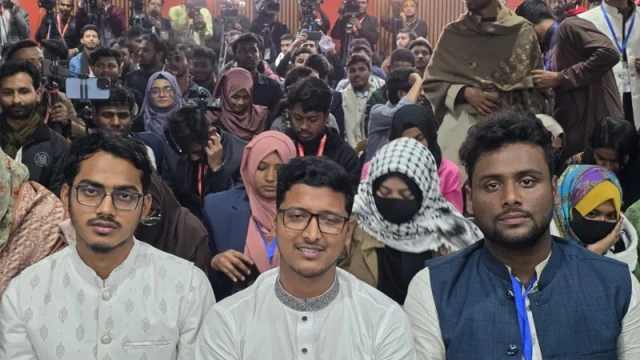
Comment: